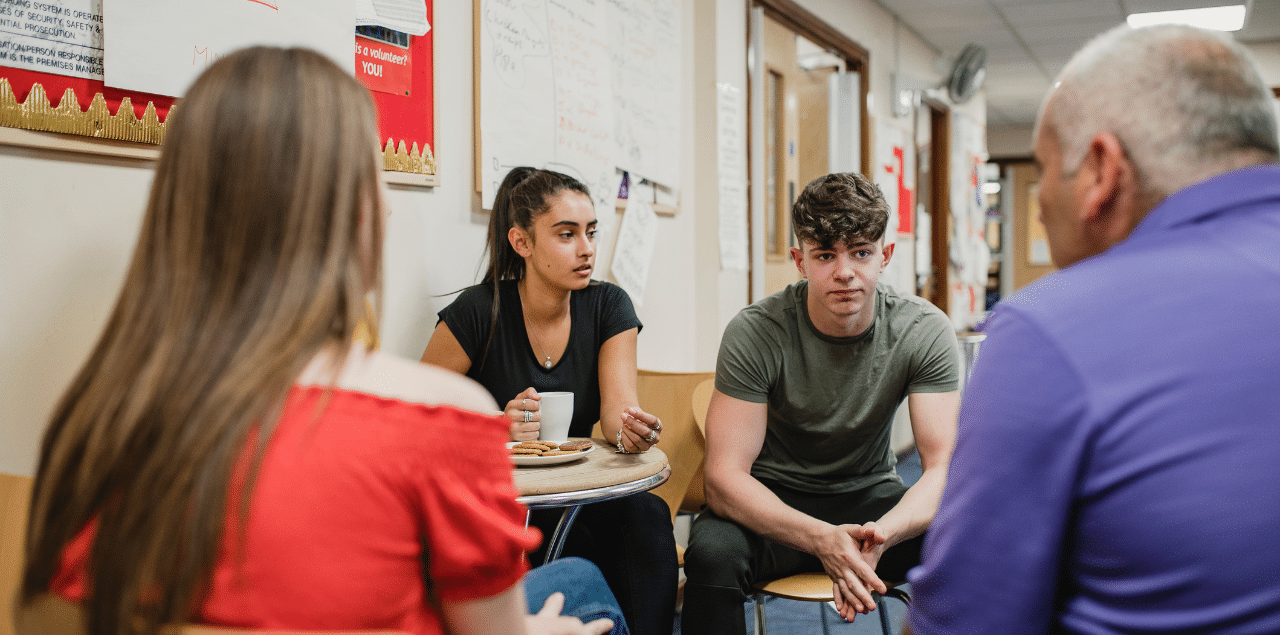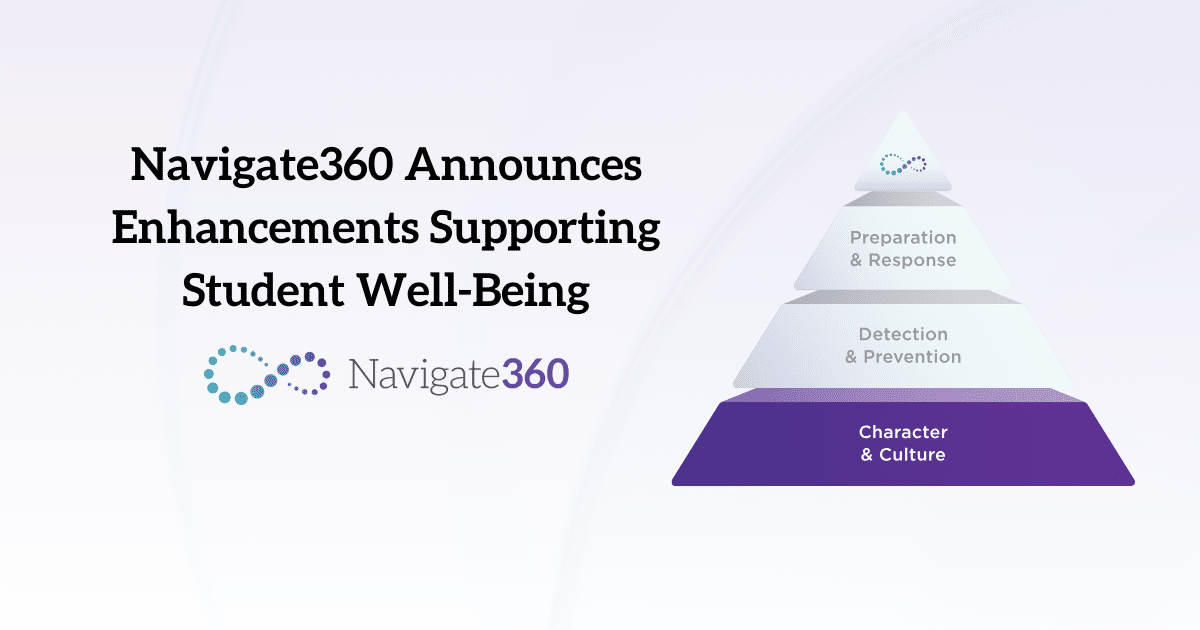Responding to challenging student behavior is an ongoing struggle for educators. Having to balance keeping students in the classroom so they don’t fall behind with supporting the development of their social-emotional skills and preventing them from re-engaging in challenging behavior is daunting for educators tasked with meeting district, state and federal academic standards. While many instructors still resort to reactive correction measures, these methods don’t address the root cause or prevention of future behavior. Rather, taking the time to identify concerns about the mental health of a student and understand why the student is behaving adversely is a more proactive approach to keeping kids in the classroom and thriving.
Now more than ever, students with mental health concerns are in need of treatment. The American Academy of Pediatrics, American Academy of Child and Adolescent Psychiatry and Children’s Hospital Association have declared that pandemic-exacerbated declines in mental health among children and adolescents are a national emergency. When left unaddressed, students with mental health disorders can experience learning difficulties which can lead to challenging behavior in the classroom and even dropping out. In fact, the Data Resource Center for Child & Adolescent Health found that over 50% of students ages 14 and older who suffer from emotional and behavioral disabilities drop out of high school. This can have adverse economic effects on communities as youth are unable to obtain valuable skills learned in school and contribute to society. But with the proper tools in place, educators can better accommodate students with mental health disabilities and help them perform in the classroom and beyond.
How Can Educators Address the Social-Emotional Needs of Students While Managing Busy Schedules?
Every day, teachers are faced with the tall task of packing in a full lesson plan and ensuring none of their students fall behind academically, while also faced with disruptions that stem from the challenging behavior of select students. Taking the time to listen to students and forming relationships with them can result in a decrease in classroom distractions.
But with already demanding schedules, how can teachers implement these social-emotional learning (SEL) practices with minimal interruption to their teaching day? Putting an SEL program into practice is something that requires thoughtful prioritization. This can be accomplished by:
- Setting aside time to meet with students before or after class
- Establishing a research or homeroom period
- Embedding restorative practices into the conversations teachers have with students
How to Show the Value of Behavioral Intervention & Restorative Practices Over a Punitive Approach
Punitive attempts at correcting behavior have proven to be futile and often have the opposite effect on students. This puts added pressure on school administrators and superintendents to encourage and train on behavior intervention methods such as SEL curricula that targets the root of the issues.
How can school leaders encourage the implementation of behavioral intervention and restorative practices for addressing challenging and disruptive student behavior on a school- and even district-wide level? Although this takes time, the process begins with familiarizing educators on how SEL can be integrated into their daily schedules with minimal interruption to lesson plans, showing its usefulness as a tool rather than an obstacle. By seamlessly incorporating these practices, teachers can have valuable conversations with students in a way that is organic.
Another roadblock that teachers, staff, and superintendents may experience is the unwillingness of misinformed parents to cooperate. However, properly informing parents about the positive impact SEL programs can have on their child’s behavior and allowing them to see the results for themselves can prove to be effective. With SEL as a district-wide priority, educators and parents will witness the positive change in student behavior the program is capable of fostering.
Addressing the Root Causes of Challenging Behavior Using Intervention & Restorative Practices and Mental Health & Prevention
Keep students in class with Navigate360’s Intervention & Restorative Practices, which turns discipline into a learning opportunity by providing students with lessons based on their infraction and helping them to understand the weight of their actions. This tool affords a more constructive alternative to detention and suspension and improves student decision-making moving forward. With a continuously updated library of lessons designed to address specific student infractions, Intervention & Restorative Practices aims to support schools in remediating challenging behavior by identifying the cause of the issue.
Navigate360’s Mental Health & Prevention uses lesson plans that emphasize how students can care for their own mental wellbeing and safety, build healthy relationships and apply effective coping strategies when necessary. Improving upon students’ mental health and mitigating challenging behavior is a multi-faceted initiative that goes beyond the walls of the classroom—it also involves a student’s home and social life. That’s why it’s critical for parents to be properly equipped to help their student by reinforcing a consistent and positive message for behavior adjustment at home. Mental Health & Prevention offers resources for parents to continue conversations that were started at school in the privacy of their homes.
Additionally, both the Intervention & Restorative Practices and Mental Health & Prevention resources can be useful enhancements to the behavior threat assessment process by offering remediation steps for infractions and providing mental health support for students. This can help educators and staff manage concerning student behavior well before the situations escalate.
Create Positive School Environments that Prioritize Student Mental Health
Learn more about how Navigate360 Intervention & Restorative Practices and Mental Health & Prevention curricula equip teachers with tools for identifying causes of concern in students’ mental health. Together, we can better educate our teachers and offer the support they need to effectively keep students in the classroom. Contact us today.




